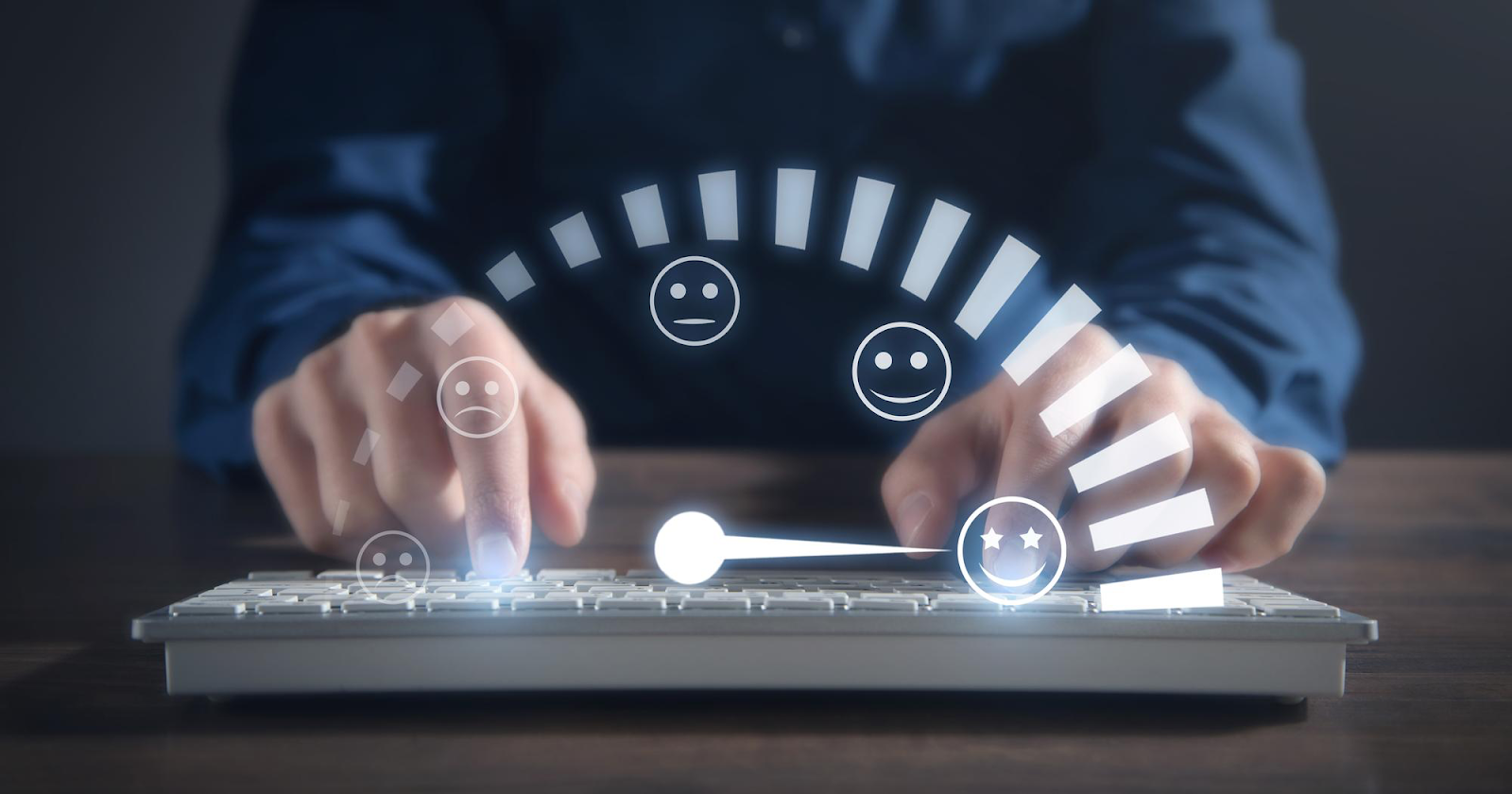
With customer acquisition costs (CAC) at all-time highs, retention marketing has emerged as the most reliable—and profitable—lever for sustainable growth. In 2025, growth teams, marketers, and DTC founders know the path to compounding revenue runs not just through acquiring customers, but by keeping them. Repeat business, increased customer lifetime value (CLV), and loyal word-of-mouth are now more valuable than ever, while churn represents a mounting threat to brand profitability. As digital competition intensifies, prioritizing retention marketing strategies isn’t optional—it’s essential.

Retention marketing refers to the deliberate strategies and campaigns used to retain existing customers and inspire repeat purchases, engagement, and advocacy. Unlike acquisition marketing—which is focused on bringing in new customers—retention marketing is about nurturing relationships with those who already trust your brand, driving long-term value.
Acquisition focuses on awareness, lead generation, and first-time purchases. Retention focuses on long-term engagement, loyalty, and maximizing the customer lifecycle.
Brands that ace retention keep customers coming back, spend less on reacquisition, and see revenue multiply per customer.
Customer acquisition costs have soared in recent years. Retention, by comparison, offers a more sustainable way to grow revenue and profitability. Existing customers are significantly more likely to convert and spend more with your brand over time. Studies show that improving retention by just 5% can increase profits by 25% to 95%.
Beyond financials, retention helps mitigate brand risk. High churn exposes businesses to reputational decline, customer dissatisfaction, and the loss of warm leads to competitors. A strong retention marketing strategy acts as a stabilizer in volatile markets, helping brands preserve loyalty while compounding gains.
Successful retention efforts are rooted in multi-channel, data-driven tactics. Strong onboarding ensures customers receive early value. Loyalty programs reward behaviors beyond transactions, such as referrals or content engagement. Win-back campaigns focus on lapsed users and reactivation. Personalized emails, SMS, and product recommendations demonstrate that your brand understands the user.
Marketers can also deploy post-purchase sequences, milestone celebrations, VIP access for top spenders, and community-based engagement efforts like brand forums or exclusive events. These tactics keep customers in a retention loop that deepens their relationship with the brand.
Learn more about measuring the impact of these approaches with Retention Metrics for Business Growth.

Let’s talk about how data, creativity, and performance strategy can drive real growth.
Partner with Future Digital to turn insights into measurable results.
A beauty brand built a gamified loyalty program where customers earned points for purchases, reviews, and social shares. Within a year, their repeat purchase rate rose 29%, and referral-driven revenue doubled.
A SaaS company re-engaged at-risk users with automated win-back flows triggered by inactivity. These messages personalized by account history recovered 18% of dormant users and reduced churn by 10%.
One subscription box service sent surprise anniversary offers to long-term subscribers. A control test revealed that recipients were 17% more likely to renew for another year.
A mobile fitness app added personalized push notifications around goals and streaks, resulting in higher DAU/MAU ratios and increased engagement.
Retention and acquisition aren’t mutually exclusive—they’re mutually reinforcing. While acquisition fills the funnel, retention ensures those customers continue delivering value. A healthy retention loop strengthens return on ad spend and helps brands rely less on constant prospecting.
Retained customers are more likely to refer others, leave reviews, and become brand advocates. Smart marketing strategies make room for both: acquisition brings people in; retention keeps them connected.
To understand the impact of retention marketing campaigns, monitor KPIs such as retention rate, churn rate, customer lifetime value (CLV), repeat purchase rate, and average order value (AOV). Net promoter score (NPS) is another critical indicator, offering insight into loyalty and advocacy. Additionally, keep an eye on engagement signals like email opens, click-through rates, loyalty program participation, and app usage frequency.
If you need help establishing industry benchmarks, see Shopify’s guide to retention metrics.

Building an effective retention marketing strategy often requires the right stack. CRM platforms like Salesforce or HubSpot help centralize customer data. Email and SMS tools such as Klaviyo or Attentive allow personalized, automated outreach. Loyalty platforms like Yotpo or Smile.io reward ongoing engagement, and analytics tools like Mixpanel and Google Analytics offer key insights into behavior over time.
For campaign optimization, marketers turn to A/B testing tools or customer feedback integrations to refine the user experience. A connected stack leads to smoother journeys and greater results.
Retention marketing is now central to brand profitability and resilience. As acquisition becomes costlier, holding onto loyal customers becomes the growth unlock. Smart onboarding, rewards, personalized messaging, and meaningful engagement turn one-time buyers into lifelong fans.
Looking to build your retention engine? Start with a foundation of strategy, tools, and data. Then let Future Digital help you grow. Visit our homepage to learn more.
What is retention in marketing?
Retention marketing focuses on keeping existing customers engaged and loyal, increasing their lifetime value to the business.
How do you measure customer retention?
Retention is measured through metrics like 30/60/90-day retention rate, churn rate, repeat purchase rate, and customer lifetime value.
What’s the difference between retention and acquisition marketing?
Acquisition is about attracting new customers; retention focuses on maintaining relationships and maximizing long-term value.
What is a good customer retention rate?
Rates vary by industry, but generally, SaaS companies aim for 85%+ annually while ecommerce may target 30–60% after one year.
What are examples of retention marketing campaigns?
Examples include loyalty programs, reactivation flows, milestone celebrations, product recommendations, and referral incentives.